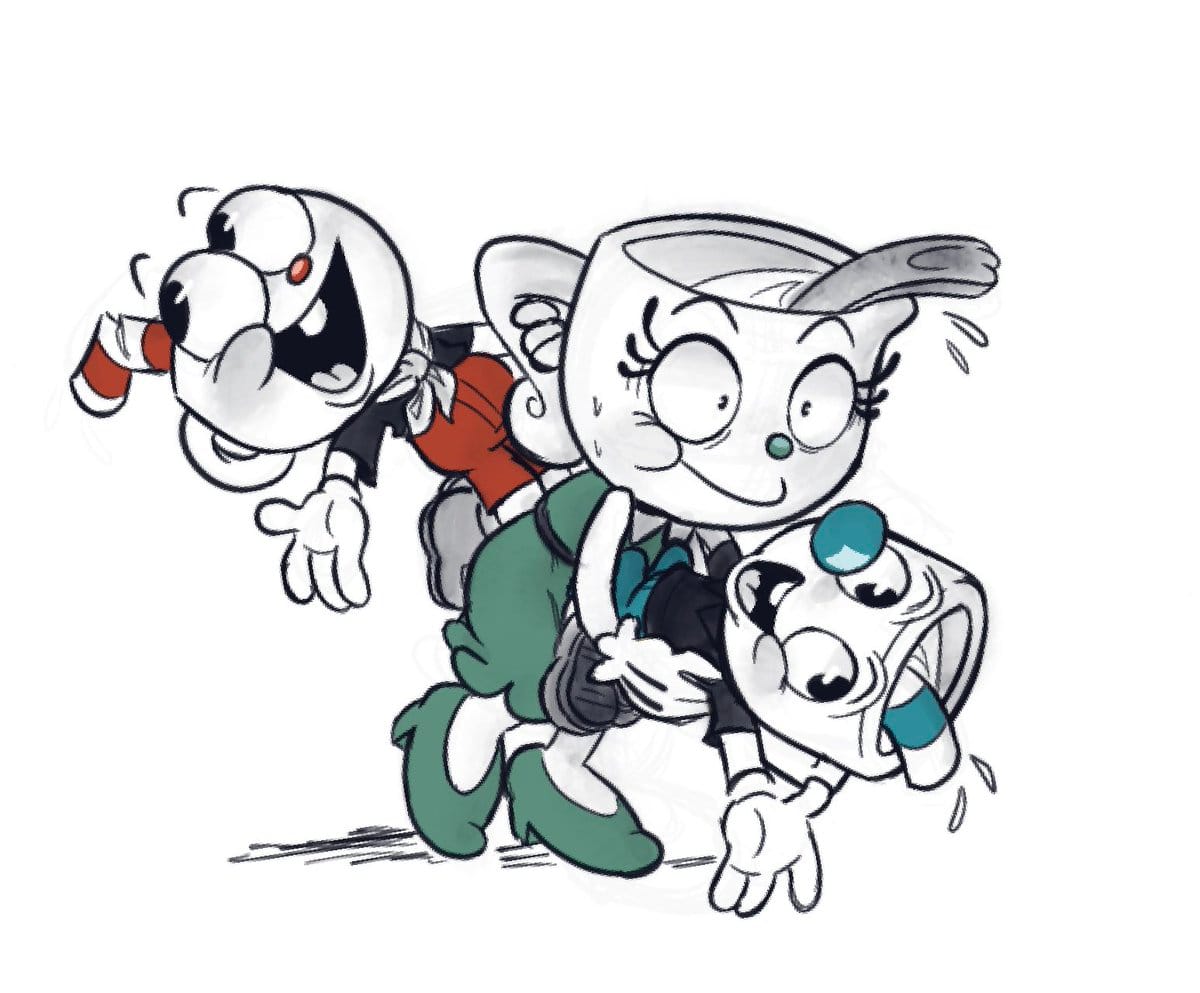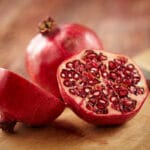Bratwurst. The very word conjures up images of sizzling sausages, crisp buns, and tangy mustard. But achieving bratwurst nirvana requires more than just tossing them on the grill. The secret? Mastering the internal temperature. This comprehensive guide dives deep into the science and art of cooking brats, ensuring juicy, flavorful, and safe results every time. Get ready to become a bratwurst maestro!
Why Bratwurst Internal Temp Matters
Food Safety First
Imagine biting into a seemingly perfect brat, only to find a worryingly pink center. Not only is this unappetizing, but it could also pose a health risk. Undercooked brats may harbor harmful bacteria. Cooking them to the proper internal temperature eliminates this risk, allowing you to enjoy your meal with peace of mind.
The Quest for Juiciness
Overcooked brats are a tragedy. Dry, tough, and flavorless, they’re a far cry from the plump, juicy sausages of your dreams. Understanding internal temperature helps you avoid this culinary pitfall, ensuring your brats retain their moisture and deliver a burst of flavor with every bite.
Hitting the Sweet Spot: 145-160°F (63-71°C)
This is the Goldilocks zone for bratwurst internal temperature. Within this range, you achieve the perfect balance of safety and flavor. Some experts suggest that 145°F is sufficient for pre-cooked brats, but the USDA recommends 160°F for raw brats to ensure all harmful bacteria are eliminated.
Your Trusty Sidekick: The Meat Thermometer
Ditch the guesswork and embrace the precision of a meat thermometer. This indispensable tool takes the mystery out of cooking brats, providing accurate temperature readings and eliminating the risk of undercooking or overcooking. Insert the thermometer into the thickest part of the brat, avoiding contact with the casing, for the most reliable reading.
Grilling Brats Like a Pro
- Preheat & Prepare: Set your grill to medium-low heat (300-350°F). This gentler approach prevents burnt exteriors and ensures even cooking.
- The Brat Bath (Optional): Simmering brats in beer or water before grilling infuses them with flavor and helps maintain moisture. If you choose this method, remember that it contributes to the overall cooking process, so adjust your grilling time accordingly.
- Grill Master in Action: Place brats on the grill grates, leaving space between them to prevent steaming. Turn occasionally for even browning.
- Temperature Check: Regularly monitor the internal temperature with your meat thermometer. Once the brats reach 145-160°F (63-71°C), remove them from the grill.
- The Rest: Allow the brats to rest for 5-10 minutes before serving. This allows the juices to redistribute, resulting in a more tender and flavorful brat.
Beyond the Grill: Alternative Cooking Methods
While grilling is the classic method, there are other ways to achieve bratwurst perfection. Here’s a quick guide for various cooking techniques, all aiming for that ideal internal temperature:
Pan-Seared Brats
- Medium Heat: Sear brats in a hot pan until browned on all sides, then reduce heat to medium-low and continue cooking until the internal temperature reaches 145-160°F (63-71°C).
Oven-Baked Brats
- Preheat to 375°F: Bake brats on a baking sheet for 20-25 minutes, or until the internal temperature reaches 145-160°F (63-71°C).
Air Fryer Brats
- 400°F: Air fry brats for 10-12 minutes, or until the internal temperature reaches 145-160°F (63-71°C). Avoid overcrowding the basket for optimal air circulation.
No matter your chosen method, that target internal temperature of 145-160°F remains your guiding star.
Bratwurst Troubleshooting
Burst Casings
- The Culprit: High heat, puncturing the casing, or overcrowding on the grill.
- The Solution: Lower the heat, handle brats gently, and provide adequate space on the grill grates.
Uneven Cooking
- The Culprit: Variations in brat thickness or uneven heat distribution.
- The Solution: Choose brats of similar size and ensure even heat on your grill or pan. Pre-simmering or parboiling can also help promote even cooking.
Elevate Your Brat Game: Tips and Tricks
- The Beer Bath: Simmering brats in beer before grilling adds a subtle hoppy flavor and enhances moisture.
- The Reverse Sear: For extra crispy skin, sear brats over high heat after they reach the target internal temperature.
Pairing Perfection: Complementary Flavors
- Mustards: Explore the world of mustards, from spicy brown to sweet Bavarian.
- Buns: A sturdy roll is essential for holding all the delicious toppings.
- Toppings: Sauerkraut, onions, relish, and peppers are classic choices. Get creative and experiment!
- Beverages: A crisp lager or pilsner is the perfect complement to a well-cooked brat. Ever wondered about the vibrant hues of a croci flower? Or perhaps the impressive size of a cassowary egg has piqued your curiosity? They might not pair as well with your brats as a good beer!
By understanding the importance of internal temperature and following these guidelines, you’ll be grilling up juicy, flavorful, and safe brats every time. So, grab your thermometer, fire up the grill, and prepare for bratwurst bliss!
- Revolution Space: Disruptive Ion Propulsion Transforming Satellites - April 24, 2025
- Race Through Space: Fun Family Game for Kids - April 24, 2025
- Unlocking the Universe: reading about stars 6th grade Guide - April 24, 2025
















